A body paragraph supports an argument; it gives facts, explains these facts and links them to a thesis.
Knowing how to build a paragraph changes writing from simple to advanced.
That way, your ideas will flow well through a paper.
Key Takeaways
- Body paragraphs are organized into a clear format; topic sentence, evidence, analysis and transition.
- PEEL approach (Point, Evidence, Explain, Link) is a solid guideline on how to organize paragraphs.
- Powerful topic sentences help readers and keep them focused in the paragraph.
- The evidence should be pertinent, plausible and well incorporated in your analysis.
- Good transitions form smooth links among ideas and paragraphs.
- The use of sophisticated grammar such as the sandwich technique can improve the coherence of paragraphs.
- Practice and revision are essential for mastering body paragraph writing skills
What Is a Body Paragraph?
A body paragraph is a focused unit of writing that develops one main idea in support of your thesis statement.
It is in these paragraphs that you discuss the evidence, analysis, and reasoning that logically connect you to your overall claim, while developing your thesis statement.
Each body paragraph should help to advance your thesis while being internally coherent and logical in development.
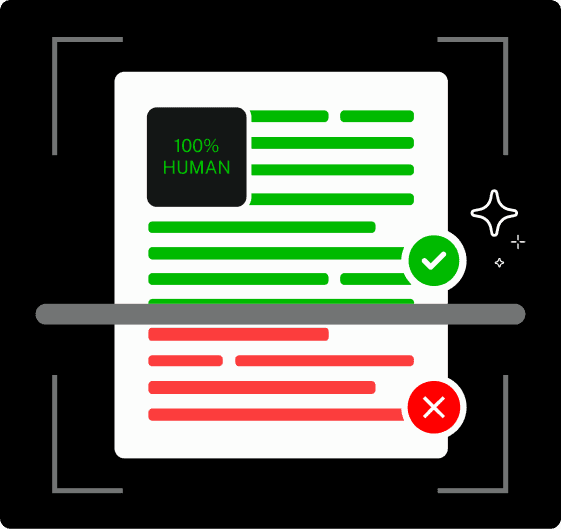
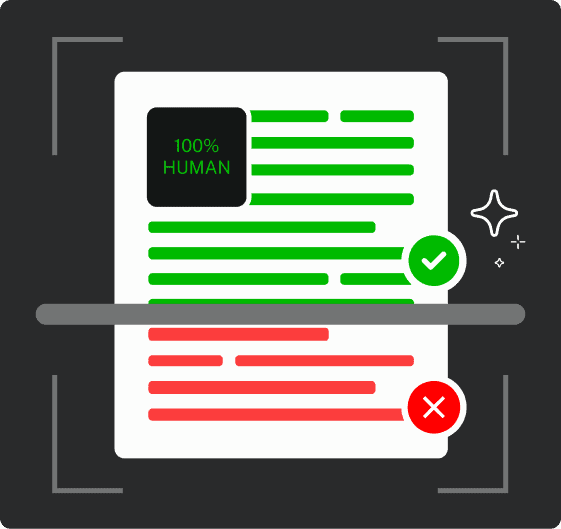
Never Worry About AI Detecting Your Texts Again. Undetectable AI Can Help You:
- Make your AI assisted writing appear human-like.
- Bypass all major AI detection tools with just one click.
- Use AI safely and confidently in school and work.
Each essay will include three to five body paragraphs; this will depend on the length of the paper and the text being discussed.
Body paragraphs required also vary according to the length of the topic, level of analysis you have to perform and your assignment needs.
Key Components Every Paragraph Should Have
Every effective body paragraph contains four essential elements that work together to create a cohesive argument.
They include:
- Topic Sentence: Topic sentence brings out the key point and acts as a guide to the reader. It also gives you the idea of what the paragraph will be discussing and how that paragraph will relate to the entire argument.
- Supporting Evidence: Supporting evidence gives an example, quote, statistic or other evidence that you use to make your point. This evidence should be relevant, must be credible, must be cited in a way required by your required style guide.
- Analysis: Analysis explains the importance of your evidence plus shows how it supports your argument. You explain why your evidence matters and how it strengthens your thesis.
- Concluding Sentence/Transition: The transition or the final sentence of the paragraph connects the paragraph to the larger essay construction. It makes excellent transitions between concepts but also prepares your readers as to what you are going to say next in your argument.
Not sure how to format those citations? The APA Citation Generator takes the guesswork out.
Just enter your source details and it instantly produces clean, properly styled APA citations you can drop right into your paper.
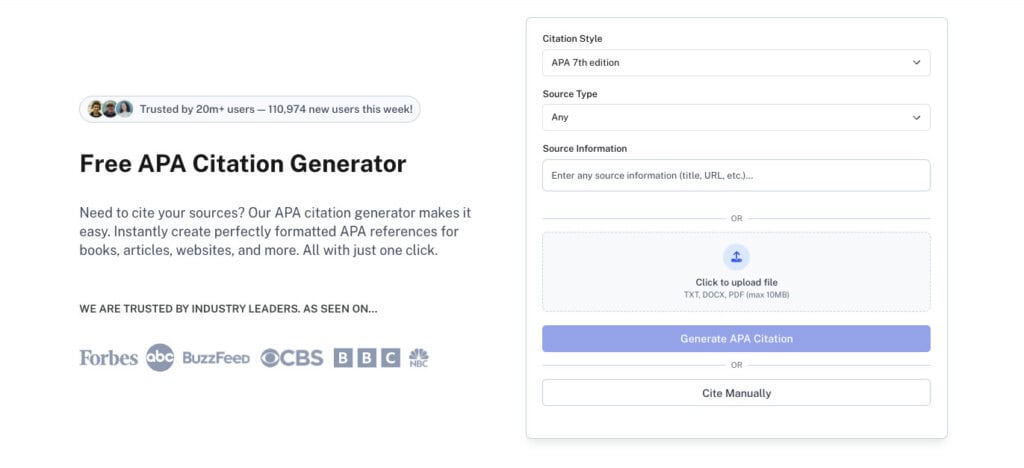
It’s the fastest way to make sure your evidence isn’t just strong—but also perfectly formatted to back your point.
The Standard Body Paragraph Structure

The most widely recognized essay body paragraph structure follows the PEEL method.
This creates a clear template for developing your ideas and ensures a complete approach to paragraph development as we will outline below:
- Point (Topic Sentence): The point makes the primary argument of the paragraph perfectly clear and in a concise form. One must directly connect to the thesis statement and explain clearly the direction to follow.
- Evidence: Evidence consists of certain examples, such as quotes (i.e., quotations), information or other supplementary material to support what you are saying. The evidence must be concrete, applicable as well as referenced/written as per the proper style guide (MLA, APA, etc.).
- Explain (Analysis): Your explanation refers to the analysis of your evidence and research, and explains how it is related to your argument. To be more precise, your evidence also needs to be interpreted, because you obviously need to prove your point.
- Link (Transition): Finally, the link refers to the connections in the paragraph and how it relates to the essay as a whole, or simply the paragraph as a whole through the use of transitional phrases or sentences connecting to your next idea.
To elaborate your ideas into a complete paragraph structure, you may want to try our AI Paragraph Generator.
This tool will help you expand on your ideas into fully formed body paragraphs, developed from your ideas, using structural formulas that have proven effective.
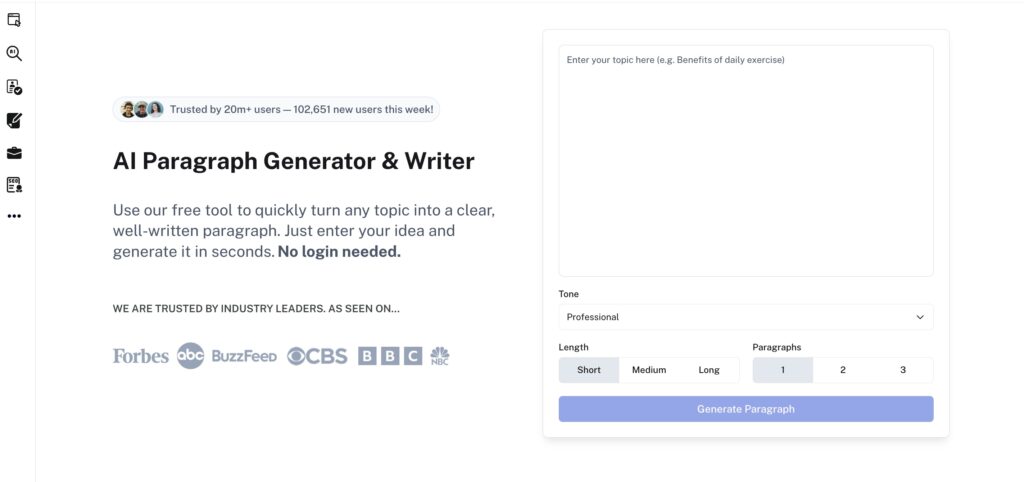
Common Methods of Structuring Body Paragraphs
Organizing body paragraphs can be done in many ways; each method has a purpose and is best suited for different types of arguments and writing intentions.
Here are some commonly used structure of a body paragraph:
- PEEL Method: Point, Evidence, Explain, Link method is useful for analytical essays and research papers to ensure each argument in the essay is covered thoroughly.
- CEE Structure: The Claim, Evidence, Explanation method is useful for shorter essays where evidence must be supported using the most concise form rather than extensive analysis.
- TEEL Method: The Topic, Evidence, Explain, Link method requires clear topic sentences with a strong link between paragraphs.
- Sandwich Method: Evidence is sandwiched in explanation. It begins with context, presents evidence, and finishes with analysis. This is useful for very complex arguments where lots of explanation is needed.
- Compare-and-Contrast Structure: This has several points or examples in one paragraph; it can be helpful when considering multiple viewpoints or when interpreting more than one source.
- Chronological Organization: This means gathering evidence chronologically and can be helpful in examining the past or describing a process.
- Spatial Methods: This moves from one location to another, and can be useful for descriptive essays or discussions about geography.
- Order of Importance: It arranges points from most to least significant or vice versa, depending on your argumentative strategy.
Which Method Works Best?
Figuring out how to structure a body paragraph, as well as the effectiveness of each method, depends on the type of essay, who will read it, and what you’re arguing.
When crafting body paragraphs, consider the following to ensure a strong fit:
- The Type of Essay: For school papers, PEEL can help you present information well and show your thinking. If you’re trying to convince readers, the sandwich method might work. For stories or descriptions, time order or location is usually easiest to follow.
- The Type of Audience: Think about what your audience knows and expects. Teachers want details and lots of sources. Most people just want something clear and easy to read. How you set up your paragraphs should also fit with your evidence. Numbers go well with CEE, while quotes from books work well with the sandwich method.
Want to restructure and perfect your paragraphs and keep the basic structure?
Our Paragraph Rewriter option will allow you to alter your structure and gain better spelling without having to start all over.

Examples of Body Paragraph Structure
Here is an example of using the PEEL method in an essay about the effects of social media on teens:
- Point (Topic Sentence): “Social media can actually be a cause of anxiety among teens since they always know what other teens are up to and how other teenagers appear.”
- Evidence: “A study carried out by 2023 concluded that the teens spending more than three hours daily on social media are highly likely to experience anxiety.”
- Explain: “This could be due to the fact that they have only heard of perfect lives displayed online, and they do not feel that they are good enough.”
- Link: “This shows why we need some rules around social media to protect teens’ mental health.”
Here is another example using the sandwich method for a literature analysis:
- Opening Sentence: It also shows the context in the character conundrum. “In Shakespeare’s Hamlet we get the hero’s legendary first soliloquy that illustrates his inner dilemma between mortality and action.”
- Case in point: “To be or not to be, that is the question.” This offers evidence of Hamlet’s contemplating existence versus non-existence.
This analysis explains the stakes behind this quote, which not only illuminates two of the play’s dramatic themes, indecision and existential questioning, but also ties it back to the thesis that Hamlet’s tragic flaw is indecision.
If you find that your paragraphs become overly complicated or verbose, our Undetectable AI Rewording Tool feature can help summarize and simplify, while maintaining original meaning and original structure.
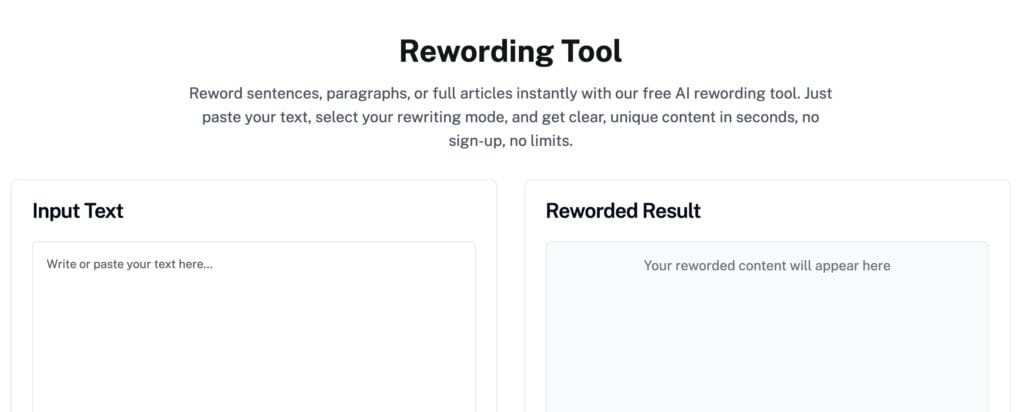
Advanced Body Paragraph Techniques
Sophisticated writers employ advanced techniques to enhance paragraph effectiveness and reader engagement.
They include:
- The Layered Evidence Approach: This displays multiple forms of evidence in one paragraph, bringing together statistical, expert opinion and specific examples to make comprehensive arguments. It offers an interesting approach, particularly well-suited to complex subjects that argue that multiple evidence are needed for credibility.
- Counterargument Integration: This accounts for opposing opinions within body paragraphs before ultimately countering them with strong evidence. This represents some level of intellectual honesty but also strengthens your argument by trying to preemptively address possible counterarguments.
- Transitional Bridging: This creates a smooth and connected experience from one paragraph to the next by including certain words and sentence structures. More sophisticated users employ echo transitions in which two or more words are repeated from previous paragraphs to new ones.
- Zoom Technique: Starts with general ideas and focuses on specific evidence or flips this convention, sometimes for dramatic effect. This can help readers understand the overall context before moving to more specific analysis.
Say you are writing complex essays and you want to improve clarity and polish;
You can check out our AI Essay Rewriter feature to assist you in the reworking of your drafts and development of your level of sophistication with respect to paragraph structure.
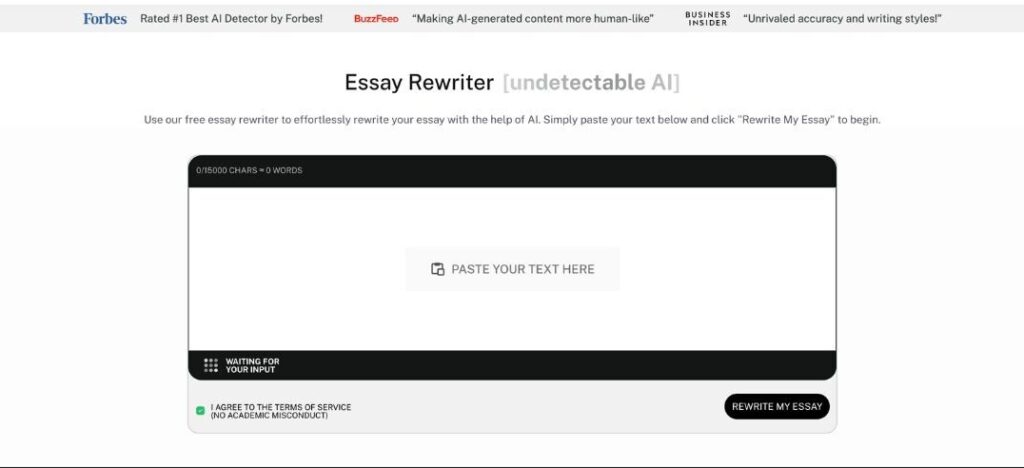
Additionally, when practicing narrative body paragraph structures in creative writing, our Story Generator can provide frameworks and inspiration for developing compelling, well-structured narrative paragraphs.
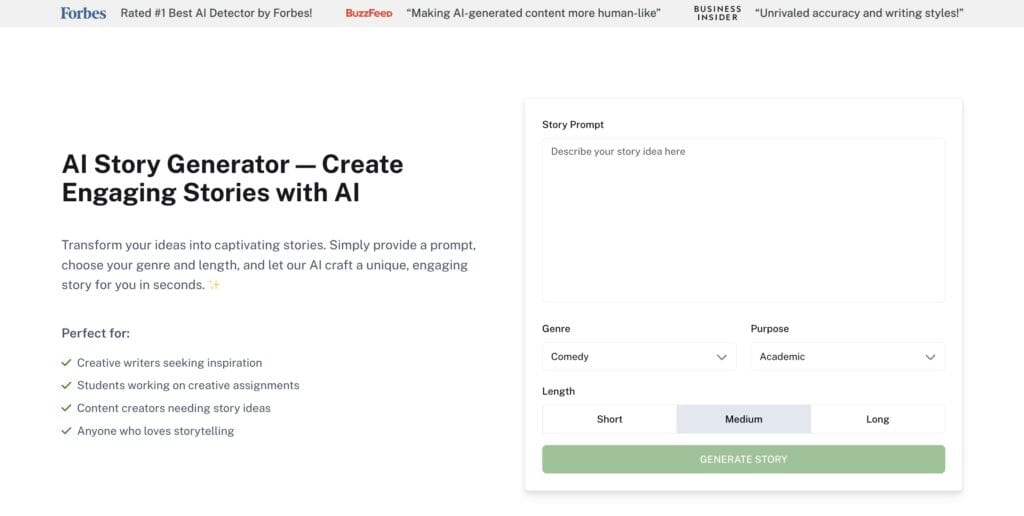
Tips to Master Body Paragraph Writing
Developing good paragraph writing skills involves regular practice and attention to particular writing techniques.
Here are some tips to master:
- Mapping Before Writing: Before paragraphs are crafted, it is a good idea to outline what will be written, both for main ideas and supporting details. This preparation gives focused and purposeful paragraph development instead of drifting statements.
- Vary Sentence Structure: In your sentences within your paragraphs, alternate between shorter for clarity and longer sentences for depth to avoid the reader getting too comfortable or falling asleep. Also, try to write in the passive voice as it adds emphasis to prose and makes it interesting.
- Stick to the Outline You Set: In case you have chosen one of the techniques you may use in your paper (PEEL, CEE, etc.), you just have to remember that you always have to use the headings created by your paper outline to help compose business-like paragraphs.
- Read Aloud for Revision: Read your paragraphs aloud to identify awkward phrasing, unclear connections, or missing transitions. This technique helps you hear problems that visual reading might miss.
- Proper Summarization Length: For most academic purposes, 150-200 words is essential, but this may be modified according to the assignment requirements and the level of audience and task one is asked to perform.
- Develop a Revised Checklist: Focus on paragraph-specific elements, such as a clear topic sentence, appropriate evidence, strong analysis and transitions. Before moving on to consider essay coherence, take a hard look at each paragraph.
- Study Exemplary Writing: Study carefully how expert site writers compose their paragraphs, including their transition methods, evidence combination techniques, and examination techniques.
When writing, our AI Humanizer can assist in enhancing your text so it sounds natural and authentic, and also satisfies proper paragraph structure and academic rigor.
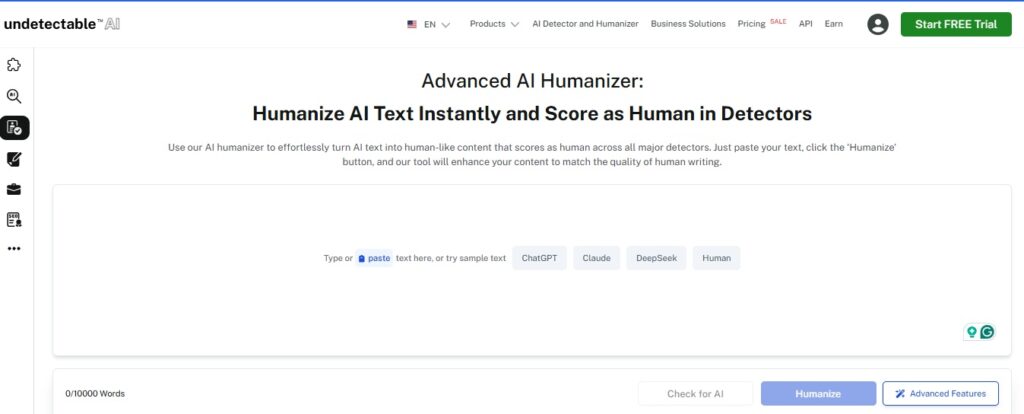
Body Paragraph Structure Examples

Understanding theoretical frameworks becomes more practical through concrete body paragraph structure examples.
Consider this analytical paragraph about climate change:
“The climate change cost is not only limited to the environmental issues and severely impacts governments’ economy on a large scale. The Stern Review into Climate Change puts the cost of unmitigated global warming at 5-20% of world GDP per year, compared with 1% of world GDP cost associated with early action.
This large cost difference reflects the economic urgency to take urgent climate action, given that switching costs scale up exponentially with the degree of delay. Further, as these economic costs are unevenly distributed between growth-resistant developing economies, which have low adaptive capacity, there will be large global inequality that will threaten international stability and cooperation.”
This example demonstrates clear progression from topic sentence through evidence to analysis and broader implications. You will be able to see how each sentence builds upon the previous one while advancing the overall argument.
Here is another example of a narrative body paragraph:
The aged lighthouse silently defied the storm, its weathered walls reflective of many a maritime catastrophe. Waves crashed below her feet against the stony coast and Sarah slowly walked forward, her steps echoing.
The rusted door squealed open under her touch to a spiral staircase, enclosed in darkness above. There were new sounds every step up: hushed voices, music drifting around a corner, the offbeat of footsteps following her. By the time she arrived at the lamp room Sarah could see that she wasn’t alone in the lighthouse anymore.
This narrative paragraph uses spatial organization and builds tension through carefully selected details and progressive revelation.
Ensure your content sounds human and reads naturally—explore the widget below.
Conclusion
A great body paragraph is key to success in writing in any discipline.
The guide has easy-to-use techniques and examples that will help you develop organized paragraphs that support your thesis.
Want to improve your writing? Take Undetectable AI’s all-in-one solution from drafts to professional-grade content.
Use the Paragraph Rewriter for smoother flow, the AI Paragraph Generator for structure, the AI Rewording Tool and Essay Rewriter for clarity, the Story Generator for creativity, and the AI Humanizer for a natural, authentic tone.
They help you develop well-structured and engaging content that will grab readers’ attention and achieve your communication objectives.
With Undetectable AI, every paragraph you write becomes sharper, stronger, and truly impactful.
